Fringe Tree – Chionanthus virginicus
|
Current Demand = Normal |
Parts Used: Tree Bark, Root Bark |
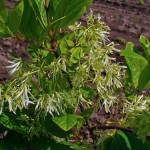 |
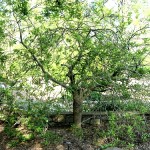 |
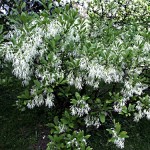 |
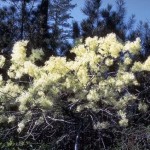 |
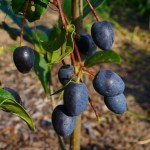 |
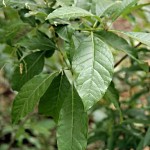 |
Family: Oleaceae
Common Names: Old Man’s Beard. Fringe Tree Bark. Chionathus. Snowdrop Tree. Poison Ash.
Description:
The Fringe Tree is a small deciduous tree that bears a profusion of fringe-like white flowers in early summer. These are followed by egg-shaped, purple-blue berries and bright yellow autumn leaves. The leaves are large like a Magnolia. The root-bark is found in single, transversely curves pieces, often heavy enough to sink in water. The outside is reddish or grayish-brown, with root scars and whiter patches. The tree grows 3-20 feet in mid and southern USA and in New England.
Planting/Cultivation:
The plant prefers light, medium and heavy soils. It likes acid, neutral and basic soils and can grow in very acid and very alkaline soils. It can grow in either semi-shade or no shade. It does require moist soil. It likes woodlands, sunny edges, dappled shade and shady edges. Seed – best sown as soon as it is ripe in a cold frame. Germination is usually good. Stored seed can be sown in February or March in a warm greenhouse but germination can them take 18 months at 15 – 20°c. Alternatively the stored seed can be pre-soaked for 2 – 3 hours in warm water and then given 3 months warm stratification followed by 3 months at 2 – 4°c. Germination can then be fairly rapid. Prick out the seedlings into individual pots when they are large enough to handle and grow them on in a greenhouse or cold frame. Plant them out into their permanent positions the following spring or early summer. Layering in early summer as soon as new growth is long enough. Takes 15 months. Layering can also be carried out in spring or autumn.
Harvest/Drying Parts Used: tree bark & root bark
The dried root bark is collected in the autumn. The almost-odorless root bark is gathered, cleaned and dried for medicinal use. The roots can be harvested at any time of the year, the bark is peeled from them and is then dried for later use.
Attributes (Images)
By H. Zell (Own work) [GFDL or CC BY-SA 3.0], via Wikimedia Commons
By Photo by and (c)2007 Derek Ramsey (Ram-Man) (Self-photographed) [GFDL 1.2], via Wikimedia Commons
By Jerzy Opioła (Own work) [GFDL or CC BY-SA 4.0-3.0-2.5-2.0-1.0], via Wikimedia Commons
 Root Buyer
Root Buyer